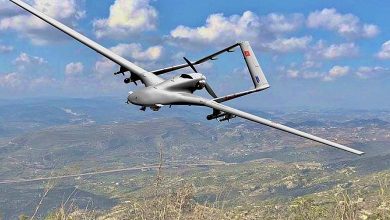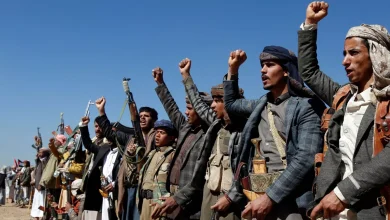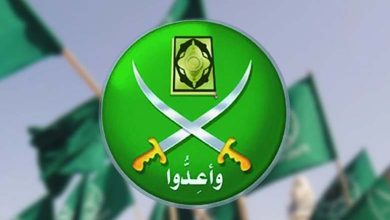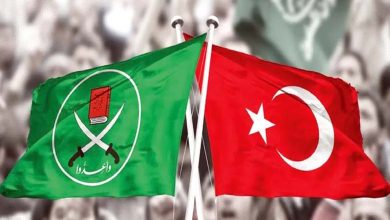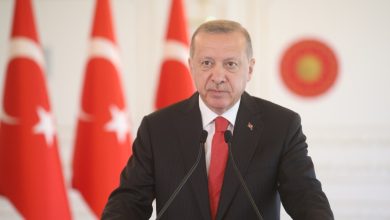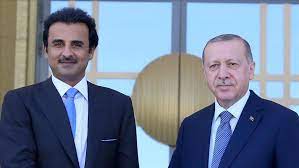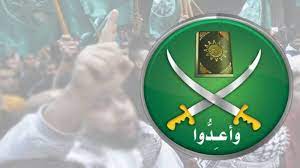Ebrahim Raisi in Damascus carrying economic files
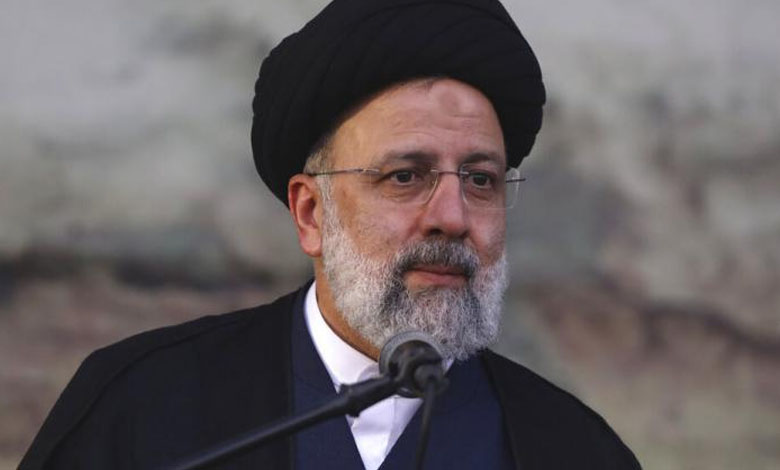
“President Ebrahim Raisi’s visit to Damascus carries political and economic issues, the first by an Iranian official in this position to an ally whose government Tehran has provided significant support on several levels since the conflict began in 2011, with Syria’s reconstruction the most prominent issue on the table.”
According to the official Syrian news agency SANA, Raisi arrived at Damascus International Airport on Wednesday heading a “large political and economic ministerial delegation” for a two-day visit.
Syrian President Bashar al-Assad held talks with his Iranian counterpart Mohammad Khatami for “extensive political and economic talks, followed by the signing of several agreements,” SANA said.
The Iranian delegation includes foreign ministers, roads and city building, defense, oil, and communications.
Iranian government spokesman Ali Bahadhri Jahrami said in Tehran on Tuesday that the visit, at Assad’s invitation, was of “strategic importance” for both countries and that its aim was “economic”.
Damascus is witnessing tight security measures and heavy deployment of security forces in areas where the Iranian President’s motorcade will pass. Iranian flags were also raised on light poles at the airport road and another one leads to the Sayeda Zeinab area south of the capital. Pictures of the Iranian and Syrian presidents with “Welcome” written on them in Arabic and Farsi were also posted.
Huge metal and concrete barriers erected around the Iranian embassy in Damascus from the early years of the conflict were also removed.
The visit comes amid a rapprochement between Riyadh and Tehran, which in March resumed relations after a long break over the Syrian conflict, while Saudi Arabia is opening up to Damascus, which has been boycotted by several Arab countries since 2011.
The visit is the first by an Iranian president in more than 12 years, despite Tehran’s substantial economic, political, and military support for Damascus, which has helped turn the tide of the conflict in favor of government forces.
The fronts in Syria have been relatively quiet since 2019, though the war is not effectively over. Government forces now control most of the areas lost at the start of the conflict. “Attracting reconstruction funds became a priority for Damascus, as the war came to infrastructure, factories, and production.”
According to Al-Watan, a newspaper close to the Syrian government, Raisi will travel to several areas of Damascus.
“Syria has entered the reconstruction phase, and the Islamic Republic of Iran is ready to be with the Syrian government at this stage as well,” Iranian Foreign Ministry spokesman Nasser Kanani said during his weekly press conference in Tehran on Monday. Iran has also been “in the fight against terrorism”, which he considered “a successful example of cooperation between the two countries”.
Since the early years of the conflict, Tehran has sent military advisers to support the Syrian army in its battles against jihadist and opposition groups, which Damascus classifies as “terrorist”, while other pro-Iranian groups, led by Lebanon’s Hezbollah, have been fighting alongside government forces.
“Pro-Tehran groups have often been targeted by Israeli strikes for years, while the Islamic Republic’s arch-enemy, Israel, has repeatedly said it will not allow the latter to establish a presence nearby.”
From Politics to Economics
The visit will include “signing a large number of agreements and memorandums of understanding covering various aspects of co-operation, especially in the fields of energy and electricity”, Al-Watan daily reported.
On the sidelines of the visit, “negotiations will be held on a new Iranian credit line to Syria, to be invested in the ailing electricity sector”, she said, as Syria’s electricity rationing capacity exceeds 20 hours a day.
“Since the first year of the conflict, Tehran has opened a line of credit, mainly to meet Syria’s oil needs.”
The two countries have signed several bilateral agreements in recent years, including the inauguration in early 2019 of two important ports in northern Tartus and part of the port of Latakia.
Last week, he welcomed an economic delegation led by the Iranian Minister of Roads and Cities in Damascus. Al-Assad said, “The translation of the depth of the political relationship between Syria and Iran into a similar state in the economic relationship is a necessary matter.”
Al-Assad visited Tehran twice in public over the past years, first in February 2019 and second in May 2022, during which he met with Raisi and Supreme Leader of the Islamic Republic Ali Khamenei.
Syrian political analyst Oussama Dannoura said, “The Iranian side presented itself strongly as a contributor to the reconstruction phase. The visit will likely achieve important economic results, and we may focus on long-term economic strategies.”
Syria, which faced protests against power at the start of the conflict, and Iran over its nuclear program are both under harsh international sanctions that make financial and bank transfers nearly impossible for their governments.
Political calm
“In addition to the Saudi-Iranian agreement, the visit comes as Russia mediates to mend relations between Damascus and Ankara, which has supported the Syrian opposition throughout years of conflict, and comes days after a meeting hosted by Moscow in the presence of Iran and Syrian and Turkish officials.”
He said the visit “became more appropriate after the Saudi-Iranian reconciliation”, which he said “reflects on all the hotbeds of tension that still exist” in the region, adding that the issue of Syrian-Turkish reconciliation “will probably be discussed and taken forward”.
Former Iranian President Mahmoud Ahmadinejad visited Damascus on September 18, 2010, six months before the conflict began, which has killed more than half a million Syrians and displaced more than half the population at home and abroad.


